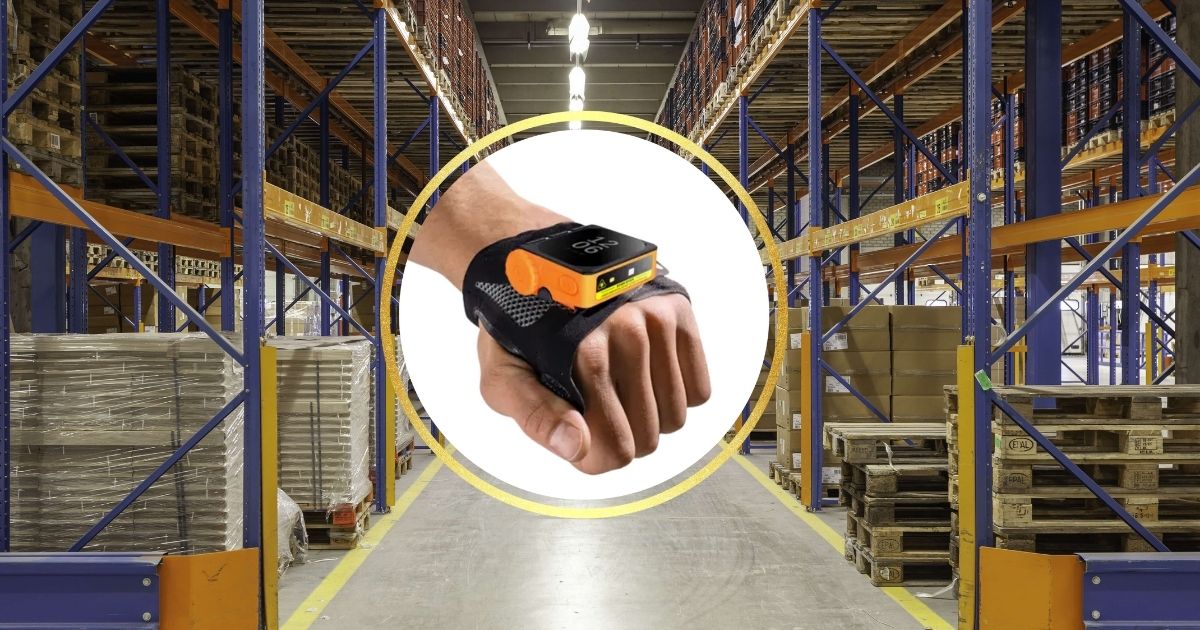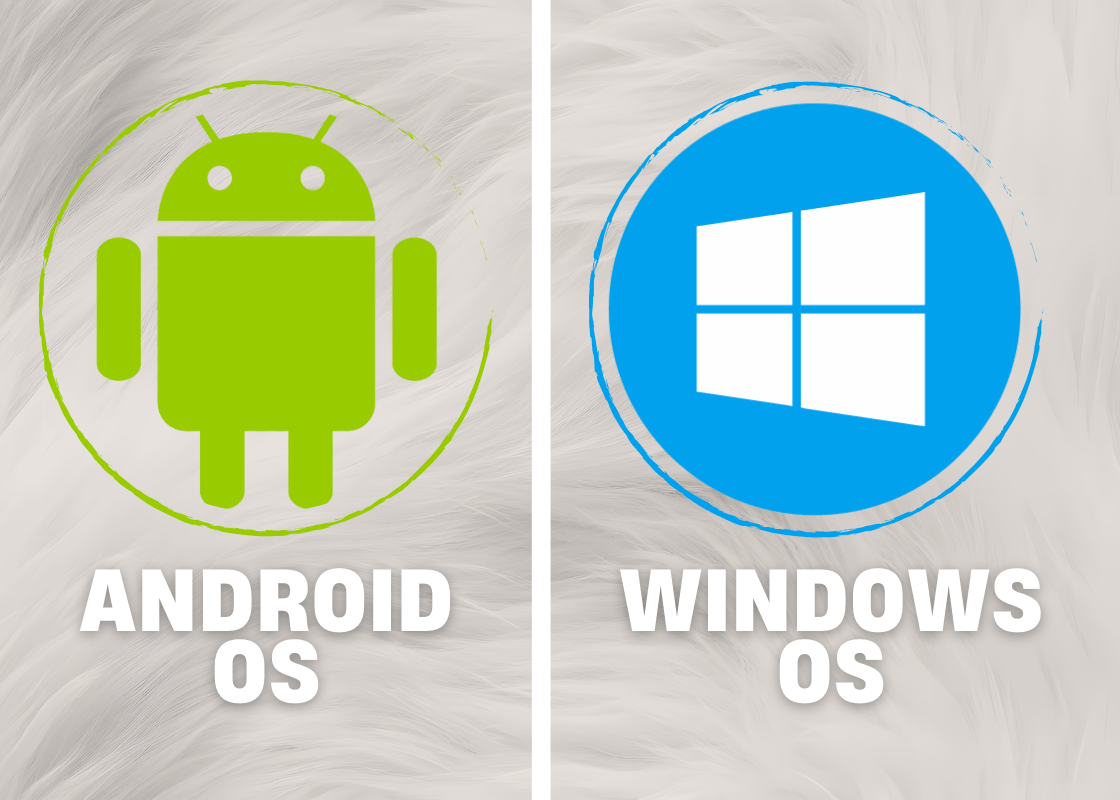Introduction
Warehouses are the backbone of modern supply chains. Every second saved in scanning, sorting, and moving inventory adds up to faster deliveries, satisfied customers, and higher profitability. Traditional handheld scanners, while effective, often slow workers down with repeated lifting, aiming, and repositioning.
Enter wearable barcode scanning solutions by combining mobility, precision, and comfort; these devices are transforming warehouse operations into streamlined, hands-free experiences.
Why Warehouses Need Wearable Scanners
The modern warehouse faces three critical challenges: speed, accuracy, and workforce productivity.
- Speed: Handheld scanners demand constant handling, while wearables reduce wasted movements.
- Accuracy: A mistyped code or missed scan can disrupt inventory tracking. Wearable solutions use advanced engines for error-free scanning.
- Productivity: Workers scan thousands of items daily; ergonomics and comfort impact both efficiency and job satisfaction.
Wearable barcode scanners directly address all three, helping teams work faster, smarter, and safer.
How Wearable Barcode Scanners Transform Warehouses
Wearable barcode scanners aren’t just tools; they’re workflow game changers. By combining mobility, precision, and comfort, they help warehouses achieve greater speed, accuracy, and safety.
1. Hands-Free Freedom
Workers can lift, pick, and move items without ever setting down a device. This hands-free approach reduces wasted motions and can increase efficiency by up to 30% compared to handheld scanners.
2. Faster Order Picking
With scanning available at a fingertip, order pickers move seamlessly from shelf to trolley. Less time handling devices means faster order fulfillment and improved customer satisfaction.
3. Reduced Errors
Equipped with advanced scanning engines, wearables deliver precise reads, even at a distance or in low lighting, minimising costly mistakes and ensuring accurate inventory tracking.
4. Ergonomics & Safety
Traditional handheld scanners can cause strain from repetitive movements. Wearables reduce physical stress, promoting worker comfort, safety, and long-term well-being.
5. Hassle-Free Integration
Modern wearable scanners connect easily with warehouse management systems (WMS) and mobile devices. Whether in logistics, retail, or manufacturing, integration is straightforward, enabling smoother digital workflows.
Real-World Applications
Wearable barcode scanning solutions are making an impact across industries:
- Warehousing & Logistics: Streamlined inventory tracking, order picking, and packing.
- Retail: Faster restocking, price checks, and floor management.
- Manufacturing: Component tracking and assembly line efficiency.
Field Services: Asset management in outdoor or rugged environments.
Introducing the Conker BG3
The Conker BG3 Wearable Android Barcode Scanner is built to transform the way warehouses, retail floors, and logistics teams operate. Combining the power of Android with a rugged, wearable form factor, it gives workers everything they need at a glance through its sharp 2-inch display. Compact and lightweight, the BG3 delivers essential data instantly, helping teams move faster, make smarter decisions, and reduce fatigue compared to traditional handheld scanners.
Key Features of the Conker BG3
- Lightweight & Comfortable: At just 125g, it’s lighter than rugged handhelds, keeping workers agile and reducing strain.
- Smart Display: A 2-inch Android screen provides real-time information, delivering only the data workers need when they need it.
- Seamless Connectivity: With WiFi, Bluetooth, and NFC pairing, setup and integration are effortless.
- Reliable Power: A long-lasting battery delivers up to 9 hours of continuous use, keeping operations running smoothly.
- Advanced Scanning Performance: The Zebra 2D scan engine ensures fast, accurate reads, even up to 3.5 metres away.
- Rugged Durability: Rated IP65, the BG3 withstands dust, moisture, and demanding warehouse environments.
The BG3 is more than a scanner; it’s a wearable Android solution designed to enhance efficiency, keep hands free, and empower teams to work smarter every day.
Why Wearable Barcode Scanners Are a Smarter Choice
Not all warehouse scanning solutions are created equal. Wearable barcode scanners stand out because they bring together the core benefits that matter most for modern operations:
- High Performance: Advanced engines deliver fast, accurate scans, even at long ranges.
- Flexibility: Various wearable formats, such as gloves or rings, adapt to different workflows.
- Durability: Built to withstand dust, moisture, and the physical demands of busy warehouses.
- Ease of Use: Simple connectivity through Wifi, Bluetooth, or NFC ensures seamless integration.
In essence, wearable scanners are more than just devices; they’re efficiency partners, helping warehouses reduce downtime, increase accuracy, and empower workers to achieve more.
The Future of Warehouse Efficiency
Warehousing is entering a new era driven by automation, IoT, and mobile-first technologies. Among these innovations, wearable barcode scanners are emerging as a practical solution to meet the growing demand for faster, more accurate, and more sustainable operations. By freeing workers from the limitations of handheld devices, wearables create a seamless flow between physical tasks and digital data capture.
These devices help warehouses achieve:
- Higher Productivity: Workers can scan, move, and manage items simultaneously without stopping to pick up equipment.
- Improved Accuracy: Advanced scanning engines reduce errors, ensuring inventory and order records remain precise.
- Better Worker Experience: Lightweight, ergonomic wearables minimise fatigue and improve comfort during long shifts.
By empowering teams with hands-free scanning and real-time connectivity, wearable solutions unlock new levels of efficiency. For businesses aiming to stay competitive in fast-moving supply chains, adopting wearables is no longer just an upgrade; it’s a strategic necessity.
Expert Insight
This article was created with insights from warehouse technology specialists and built on research around ergonomics, logistics optimization, and enterprise mobility. Our goal is to provide factually accurate, practical, and actionable knowledge for decision-makers exploring warehouse innovation.
Frequently Asked Questions (FAQs)
Q1. What are wearable barcode scanners?
Wearable barcode scanners are compact, hands-free devices worn on gloves, rings, or wristbands that allow workers to scan items while keeping their hands free for other tasks.
Q2. How do wearable scanners improve warehouse productivity?
They reduce wasted motion, speed up scanning tasks, and improve ergonomics, allowing workers to process more items in less time.
Q3. Are wearable scanners comfortable to use all day?
Yes. Most wearable scanners are designed to be lightweight, often under 100g, and feature ergonomic straps, gloves, or mounts. This ensures workers can use them comfortably throughout long shifts without experiencing unnecessary strain or fatigue.
Q4. Can wearable scanners connect to existing warehouse systems?
Absolutely. With Bluetooth and NFC pairing, they integrate seamlessly with WMS, ERP, and mobile devices.
Q5. How durable are wearable scanners?
Most modern wearable scanners are built with rugged designs and carry industry-standard protection ratings, such as IP65, making them resistant to dust, moisture, and everyday warehouse conditions.
Q6. What industries benefit most from wearable scanners?
Warehousing, logistics, retail, manufacturing, and field services are the top industries seeing measurable gains.
Conclusion
The future of warehouse operations is hands-free, connected, and precise. Wearable barcode scanning solutions are more than just a technological upgrade; they represent a shift toward faster workflows, fewer errors, and a safer, more ergonomic workplace. For warehouses, retailers, and logistics providers, adopting wearable scanners is no longer a matter of convenience; it’s a strategic advantage that drives efficiency, supports workers, and keeps businesses ahead in an increasingly competitive supply chain landscape.


















